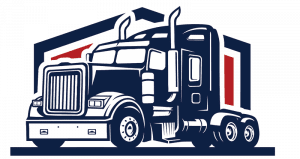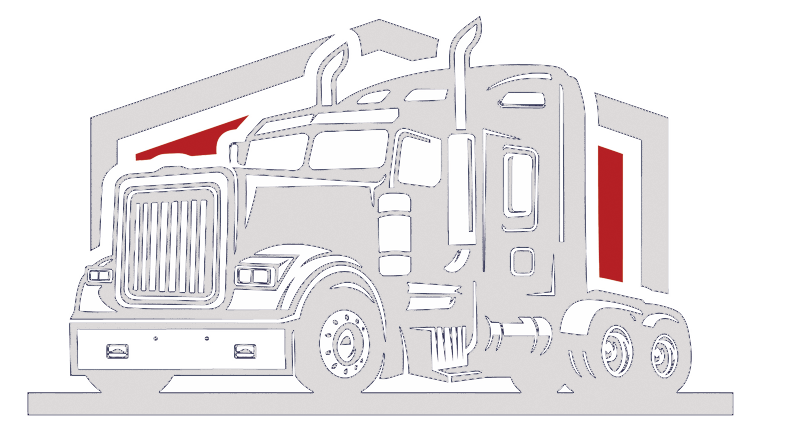Route Optimization: Learn the Basics of How to Improve Efficiency
Route optimization is an invaluable tool for businesses that depend on efficient transportation of goods, materials, and services. It can help save time and money when it comes to getting your products where they need to go quickly and efficiently. In this article, I’ll explain route optimization and how it can benefit your business.
Route optimization allows businesses to develop the most cost-effective way of delivering their products or services in a timely manner. By using technology such as GIS (Geographic Information Systems) and algorithms, companies are able to create routes that reduce fuel costs, reduce travel times, optimize driver schedules, and more. This means that companies can get their deliveries out faster while saving money in the process!
With all these advantages available through route optimization, it’s no wonder why many businesses have started utilizing this valuable resource. So if you’re looking for ways to improve efficiency within your company’s supply chain network, then read on to find out more about route optimization – its benefits and how you can start taking advantage of them today!
Route Optimization
Imagine a world of efficient delivery, one where packages are delivered quickly and with minimum resources. This is the dream that route optimization brings to life. Route optimization is an important concept for supply chain management as it helps businesses streamline their operations by using fewer resources while still meeting customer expectations.
Route optimization defines a process through which companies can use data analysis to identify the best transportation routes and optimize them to make more economical decisions when planning trips or shipping products.
It involves taking into consideration several factors such as cost, time, distance, and other constraints like traffic conditions or weather to determine the most effective way of delivering goods. The idea is to minimize costs and maximize profits by finding ways to reduce fuel consumption, travel time, and overall operational expenses associated with each trip. By implementing route optimization strategies, companies can achieve significant savings on both labor and materials costs involved in deliveries.
In short, route optimization allows organizations to optimize their delivery routes for maximum efficiency while ensuring timely product delivery at minimal cost. Companies can benefit from improved customer satisfaction levels along with increased profitability due to reduced overhead costs associated with delivery services.
Impact on Trucking Companies
Route optimization can help trucking companies save money and increase efficiency by reducing their total miles driven, fuel costs, and turnaround times. It can also help drivers avoid traffic, road closures, and accident hot spots, allowing them to complete deliveries more quickly and cost-effectively. By optimizing routes, trucking companies can also reduce their carbon footprint and improve customer service.
Additionally, route optimization can help trucking companies maximize their profits by reducing costs associated with labor, maintenance, and other operational expenses. By determining the most efficient routes for their drivers, companies can ensure that their vehicles are used in the most efficient manner to minimize their costs. Furthermore, route optimization can help trucking companies improve safety and compliance by helping drivers adhere to speed limits, rest breaks, and other safety regulations. By reducing the number of miles driven, companies can also reduce the risk of accidents and other safety issues.
Techniques For Improving Efficiency
It’s the dream of every efficient road warrior: a route that saves time and money with minimal effort. Route optimization is the key to achieving this goal, utilizing powerful tools like route mapping, planning, and analysis to maximize efficiency. With these techniques in your arsenal, you can transform even the most tortuous journey into an exercise in minimalism.
Route mapping helps you visualize where you want to go, while route planning determines how best to get there. Through careful consideration of traffic patterns and geographic features such as hills or rivers, route planners are able to craft itineraries that minimize wasted motion. By employing sophisticated algorithms, they’re also able to produce routes which consider factors such as fuel costs and vehicle maintenance intervals.
The result? Time savings and cost reduction on every trip! Whether it’s a few miles between business meetings or a cross-country trek, optimized routes make more effective use of resources without sacrificing safety or comfort along the way. So if you’re looking for ways to optimize your journeys both professionally and personally – look no further than the power of route optimization.
How To Implement Route Optimization
Implementing route optimization strategies is an important part of any business’s success. To ensure that your business meets its goals, it’s important to implement the right route optimization techniques and utilize a reliable software solution.
The first step in implementing effective route optimization planning is determining what type of route optimization implementation will best suit your needs. Factors such as size, budget, and timeline should be taken into consideration when selecting a strategy for your business. Once you have established which direction to take, picking the right software solution becomes easier – there are many solutions available on the market today designed specifically for route optimization.
Before making a decision on which system to choose, it’s essential to compare different options against each other using criteria such as cost-effectiveness, user-friendliness, scalability, security features, reporting capabilities, and integration with existing systems. This ensures that you select the most suitable system for your specific needs and set yourself up for the successful utilization of this powerful tool.
FAQ About Route Optimization
Conclusion
Route optimization is an invaluable tool for businesses looking to cut costs, save time, and make operations more efficient. It’s a no-brainer that any business should consider taking advantage of route optimization if it fits their needs.
The implementation process is often surprisingly fast and painless. With the right software tools, even complex routes can be optimized in minutes – I’m not exaggerating when I say this! The most difficult part of the process is usually understanding how to use the features available within each product suite; thankfully there are plenty of resources out there to learn from.
Overall, route optimization has revolutionized the way we move goods and services around the world today. From reducing emissions to providing cost savings, its benefits are almost too numerous to name here. There may be certain legal restrictions depending on your jurisdiction, but with a bit of research, you’ll soon find out what these are and how they affect your business. So don’t wait: start optimizing those routes now!

